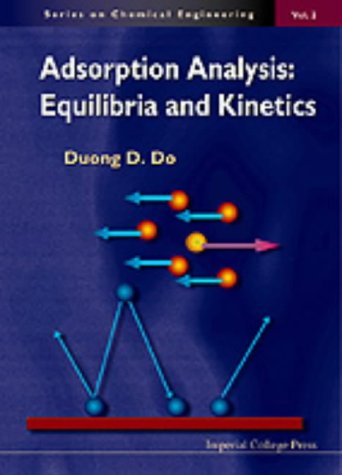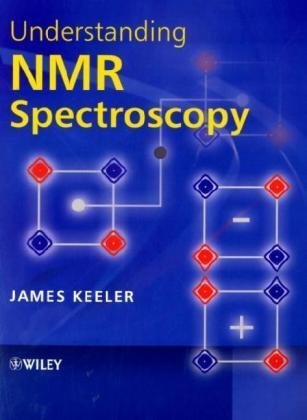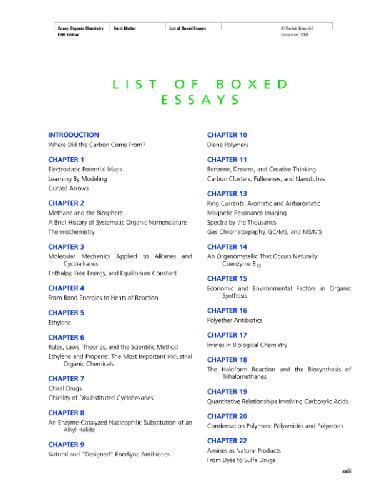Monzer Fanun9781420089592, 1420089595
Thoroughly encompassing the significant developments of the past ten years, this book describes a wide range of topics, including interactions at microemulsion interfaces, new types of surfactants, and the fundamentals of nanotechnology. It outlines experimental and traditional measurement techniques in a variety of microemulsified systems and provides reliable coverage of applicable techniques.
Theory and Characterization Methods
The initial chapters cover theoretical aspects of microemulsion formulation, with particular focus on methodologies for preparation. The book also addresses characterization methods, including X-ray diffraction, transmission electron microscopy (TEM), light scattering, and small-angle neutron scattering. It includes discussions of viscosimetry, conductivity, ultrasonic velocity, and nuclear magnetic resonance (NMR).
Practical Applications
The remainder of the coverage focuses on current and potential applications of microemulsions. The book examines commercial uses, including biocatalysis and enzymatic reactions, nutrition, the extraction of contaminated solids, pollution control, dispersion of drugs, and oil recovery. The contributors also discuss the use of microemulsions as a reaction medium for the formation of polymeric and inorganic nanoparticles, and applications in electrokinetic chromatography.
Comprising the work of an international community of colloid scientists, this book explains why microemulsions are used for the intended application, how they are made, and how they react. Each chapter contains a description of the fundamental phenomena and principles involved in microemulsion processes, emphasizing the mechanism of microemulsion formation and deformation. A summary of recent research, the book eliminates the need to search through dozens of arcane online journal articles for critical information.







Reviews
There are no reviews yet.